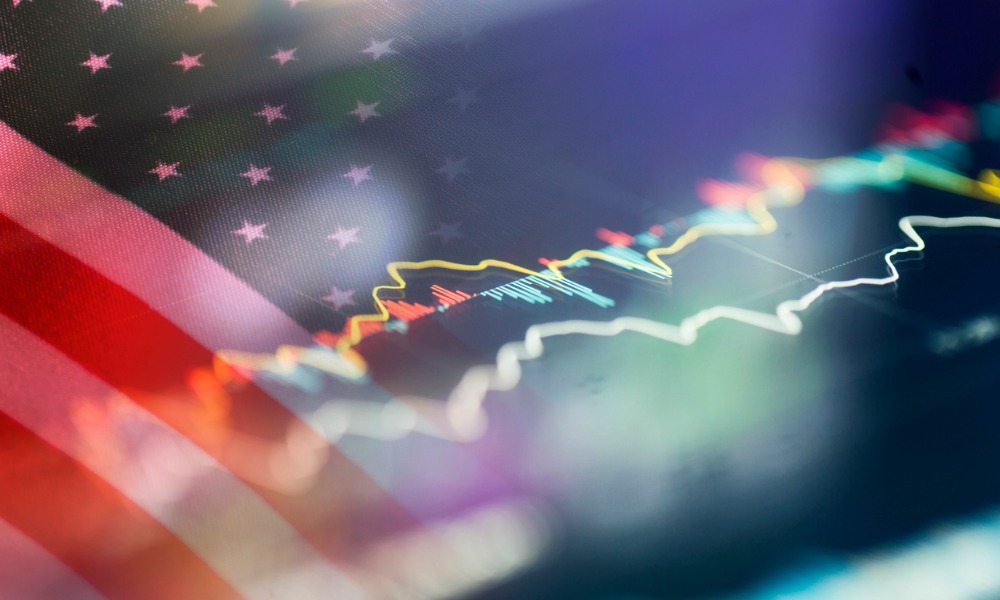CIO bullish over economy's resilience but warns GDP will not recover until end of 2021 at the earliest

The U.S. economy may be battered and bruised but it will emerge from the global pandemic “gleaming once again”, according to a leading CIO.
Lawrence Adam, of Raymond James, Private Client Group, expects a bounce back in the second half of 2020, although because of the depth of the decline, he does not forecast a return to pre-COVID-19 GDP levels until the end of 2021 at the earliest.
He said: “Whether it be wars, pandemics, financial crises, or bubbles bursting, the US economy has a history of resiliency, and even in the aftermath of the COVID-19 outbreak, it will be gleaming once again. The scale of the global lockdown likely caused the most significant global recession in the post-World War II era. However, it will likely be the shortest recession on record as the dawn’s early light of a recovery is signalling a robust rebound in the second half of 2020.”
Adam said that leading indicators and real-time activity metrics suggest the “bottom” occurred in April, as states eased restrictions, labour market conditions improved and consumer spending was revitalized. He forecasted that U.S. GDP for 2020 will -5.3% before accelerating to 4.9% in 2021.
He also expects Congress and the Federal Reserve to continue to make “sparks fly” through fiscal and monetary stimulus efforts and that, fortunately, neither has exhausted their capacity to mitigate downside risk. While the Fed still has “plenty of firepower”, Adam believes ongoing negotiations have hinted at additional Congress stimulus in support of the recovery, rather than just as an emergency response.
He added that the realization of an economic rebound should push yields modestly higher - year-end 10-year Treasury target 1.0% - but the upside will be limited. The Fed expanded the scope of its purchase programs to include investment-grade and municipal bonds, so its ongoing purchases should lead spreads to narrow further.
He explained: “We favour these sectors over high-yield bonds, of which the Fed is only buying a small portion, which are subject to heightened risk due to the expected uptick in defaults. If investing in the high-yield sector, selectivity will be critical given the high exposure to energy companies and brick-and-mortar retailers, which have arguably suffered the most due to the outbreak.”
He remained confident in equities, which he expects to move higher over the next 12 months, surpassing Raymond James’s year-end S&P 500 target of 3,111, as post-recessionary periods have historically been supportive of the equity market. Adam also addressed the potential impact the upcoming U.S. election could have on markets.
He said: “No President has won re-election when a recession coincided with the election year, and with the possibility of a Democratic sweep on the rise, the market’s concern for a rollback of the corporate tax cuts may become elevated. In addition, escalating tensions between the US and China have renewed fears surrounding a derailment of the trade truce, and any potential setback in the development of a vaccine could curtail investor confidence as we seek to emerge from this ongoing health crisis.”
He added: “From an investment strategy perspective, this is not the first year investors have faced challenges and it will surely not be the last. However, it is times such as these that prove the principles of asset allocation and selectivity are indeed a perfect union that can help your portfolio stand the test of time.”



